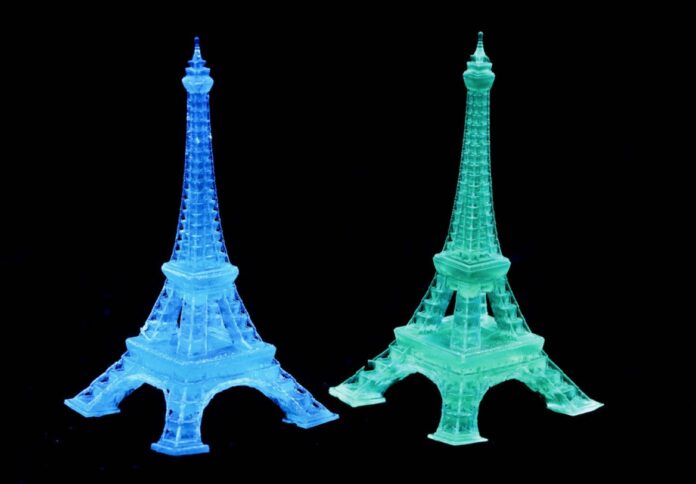
A research team led by Lawrence Berkeley National Laboratory (Berkeley Lab) has introduced a “supramolecular ink” technology in a major stride toward more affordable and environmentally sustainable flat-panel displays and wearable technology.
In a news release, Berkeley Lab said traditional OLED (organic light-emitting diode) displays often rely on rare and expensive metals, such as iridium.
However, the Berkeley Lab team’s supramolecular ink, composed of Earth-abundant elements like hafnium and zirconium, could pave the way for a cost-effective and green alternative.
The breakthrough was recently detailed in a study published in the journal Science. Principal investigator Peidong Yang emphasised that this innovation goes beyond displays.
“What’s even more exciting is that the technology could also extend its reach to organic printable films for the fabrication of wearable devices as well as luminescent art and sculpture,” he stated.
In particular, the supramolecular ink is created by mixing hafnium and zirconium powders in a solution at low temperatures, forming a semiconductor “ink.”
The ink’s molecular structures self-assemble through supramolecular assembly, akin to building with LEGO blocks, resulting in stable and high-purity synthesis at low temperatures.
Experiments at UC Berkeley demonstrated the ink’s efficiency as an OLED emitter, showcasing its ability to emit blue and green light with near-unity quantum efficiency.
This efficiency, coupled with colour tunability, makes it suitable for programmable electronic displays.
The researchers also successfully fabricated a thin-film display prototype and confirmed the material’s compatibility with 3D printing technologies, allowing for the creation of decorative OLED lighting.
The supramolecular ink opens up possibilities for the design of wearable devices, including high-tech clothing for safety in low-light conditions or devices displaying information through light-emitting structures.
Yang’s lab has a track record of sustainable materials, and the supramolecular ink joins their portfolio.
It follows the development of a “multielement ink” that pioneered a low-temperature or room-temperature semiconductor manufacturing process.
Beyond its immediate applications, the supramolecular ink could play a crucial role in advancing ionic halide perovskites, a thin-film solar material.
While traditional halide perovskites raise environmental concerns due to lead content, the new supramolecular ink offers a lead-free formulation without sacrificing performance.
The researchers are now focusing on exploring the material’s electroluminescent potential, a key step in unlocking its full capability for creating efficient light-emitting devices.
This technology is available for licensing or collaborative research through Berkeley Lab’s Intellectual Property Office, marking a significant milestone in the quest for sustainable and accessible electronics.




















